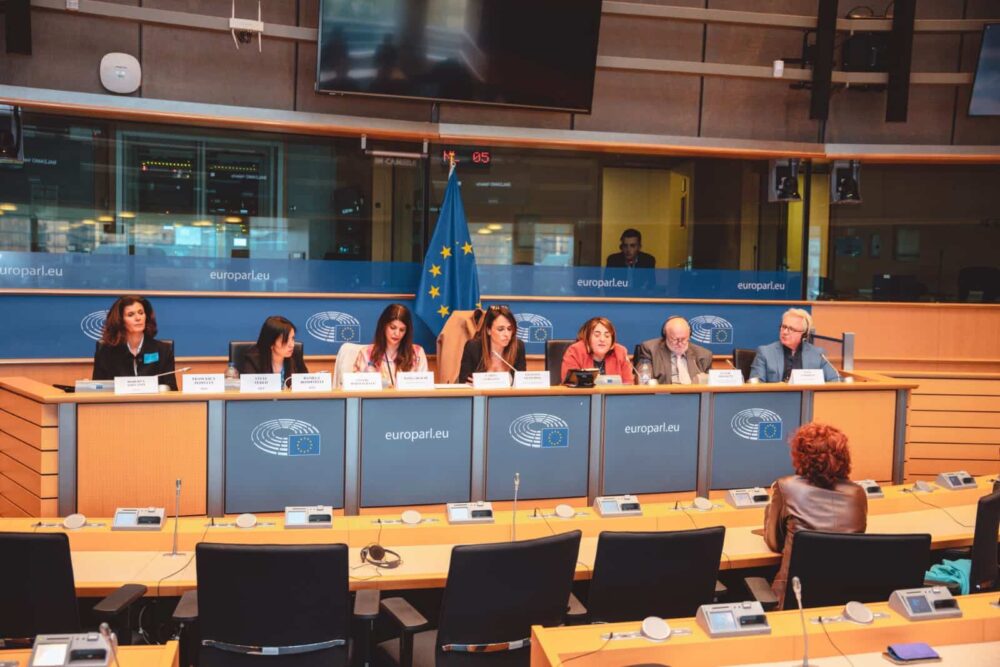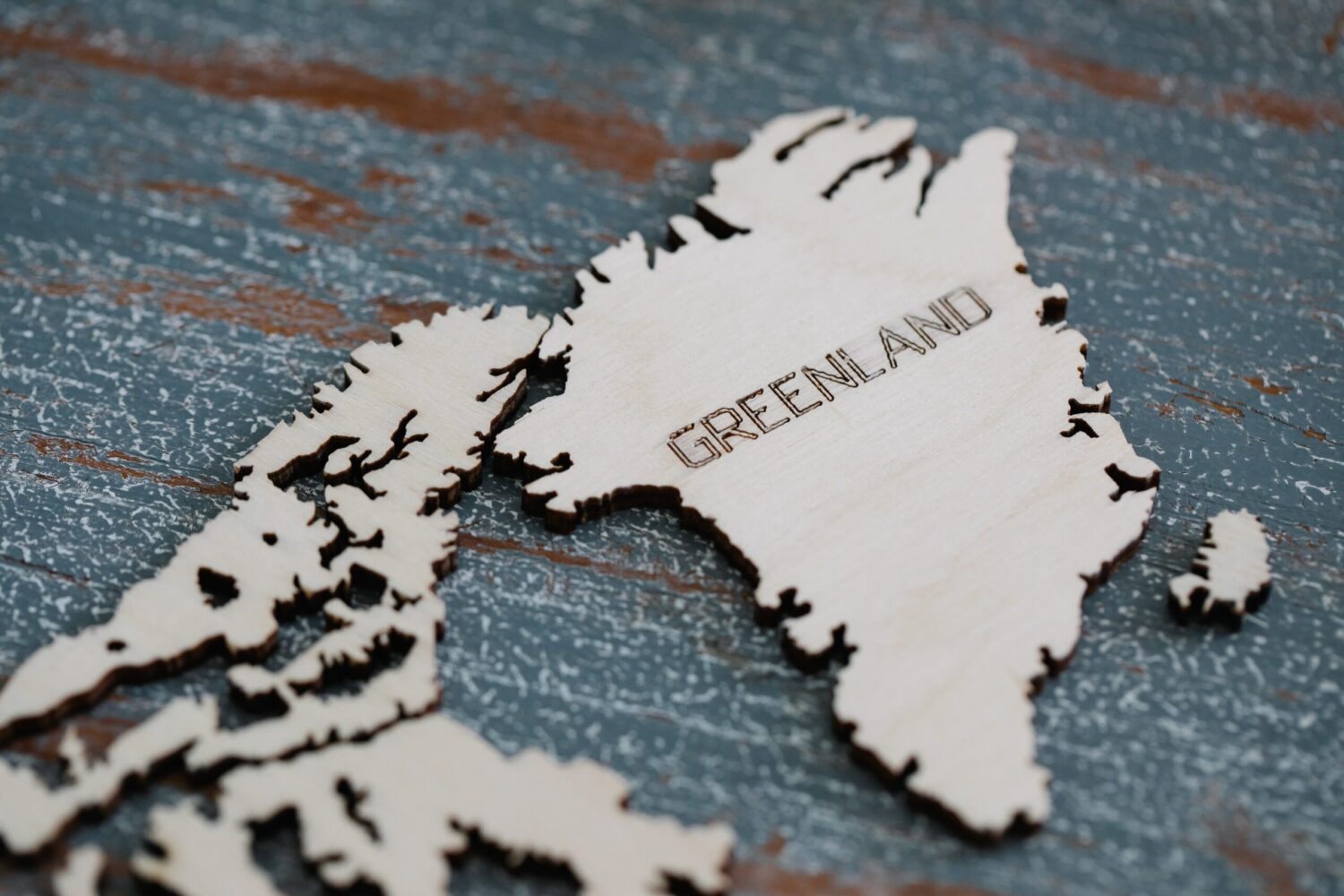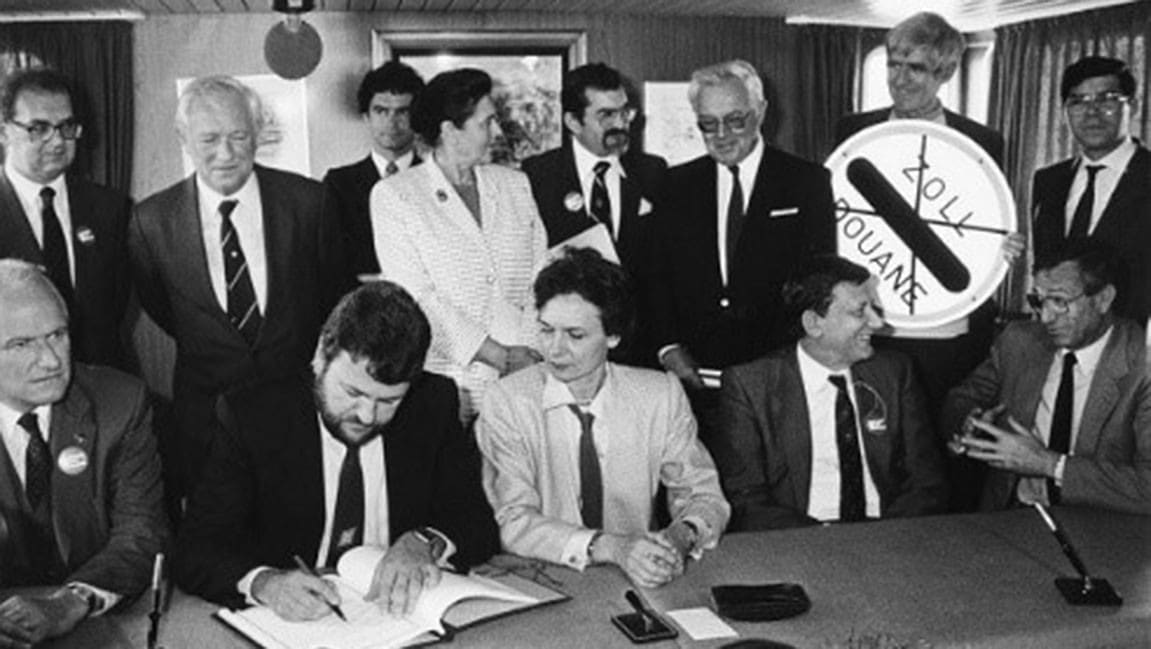A conference entitled “The fight against Disinformation and propaganda ” was organized on April 24th 2023 at the European Parliament by EPP group with the participation of human rights organizations and experts in the field.
The debate was moderated by Manel Msalmi, international affairs advisor and president of the European Association for The Defense of Minorities with high-level speakers mainly Claude Moniquet, former French intelligence agent and director of the European Strategic Intelligence and Security Center, Nigel Goodrich CEO of IMPAC, Giuliana Franciosa expert ln communication, Carlo Corazza director Italy office of the European Parliament.
Members of the European Parliament
Lucia Vuolo, Isabella Adinolfi and Francesca Peppucci as well as Italian Senator Roberta Toffanin were guest speakers and intervened on the issue by sharing their thoughts regarding the possible measures that the EU parliament and the EU commission can implement to fight against Disinformation and to put a legal framework to fight against propaganda.
Manel Msalmi introduced the debate by pointing out the complexity of the issue of disinformation and the different tools that the EU has already taken to tackle disinformation in an attempt to protect European and democratic values. She also raised the issue of human rights activists who might be targeted following some disinformation reports. This was the case of Karima Baloch who was killed in Canada, Sajid Hussain Baloch who was killed in Sweden and a lot of activists involved in the Baloch cause who were intimidated right after the EU Disinfo Lab report was released. A report which put their lives in danger.
Claude Moniquet pointed out that
"There is an obvious continuity between disinformation - the Russians prefer to speak of "active measures", in Russian, "aktivnye meropriyatiya", an expression that covers disinformation, offensive espionage and subversion - as it was practiced in the Soviet era and that which is implemented by the Putin regime: it is, then as now, to do everything to undermine the Western democracies and dislocate the alliance between North America and Europe in order to implode NATO. What has changed is not the spirit of disinformation but the means used. Where yesterday, it was necessary to apply complex methods, new information technologies allow, today, to flood the Internet and especially social networks which have become the main source of information for many citizens in the West, especially among the youth.
Another evolution of Russian disinformation in recent years has been the search for new political channels to spread it. During the Cold War, it was mostly communist, far-left or pacifist circles that were used by Moscow. But from now on, the Russian disinformation apparatus relies much more on certain circles of the extra-parliamentary far-right. But the same actors are at work as before: the external intelligence services (today, the SVR) and the military ones (the GRU). And at their head, as well as at the head of their main means of action, we still find men and women belonging to the first circle of Vladimir Putin and taking their orders directly from the Kremlin.”
Nigel Goodrich mentioned that
"To be pro-Palestinian and anti-Israel is the new polarising middle ground where, due to sustained ideological disinformation and propaganda driven by the media, academia, state actors, NGOs and trades unions, there is no longer room for dialogue. The best solution to this threat to our democratic future is to teach critical thinking in schools, such that young people learn about different perspectives, thereby giving dialogue (hence peace and coexistence) a chance"
Shreya Kaushik, an activist and a representative of the Indian diaspora in Belgium pointed out that
"Disinformation is a wide spread issue, it is plain information overload or information chaos. If we talk about the solution to this, as a whole we must work on educational reforms to eradicate such evils from the society so the individuals can judge the authenticity of any information. There is no way to sift the information other than strengthening the education system and thats the need of the hour"
Giuliana Franciosa, an expert in Communication explained the different concepts in relation to misinformation and how to counter it as well as the need to check the disinformation reports mainly those which do not come from EU or international institutions.
"The issue of impersonation by the EU Disinfo Lab for example, where in the EU prefix can be misleading and people can believe that it is a legitimate wing under the European Union institutions "
The debate ended with the conclusion that the fight against Disinformation should be regulated by EU legislations to guarantee both human rights as well as freedom of speech and avoid tragic incidents and the killings of human rights activists in conflict zones or in exile as well as educate the new generations to make the difference between fake news and true information.














